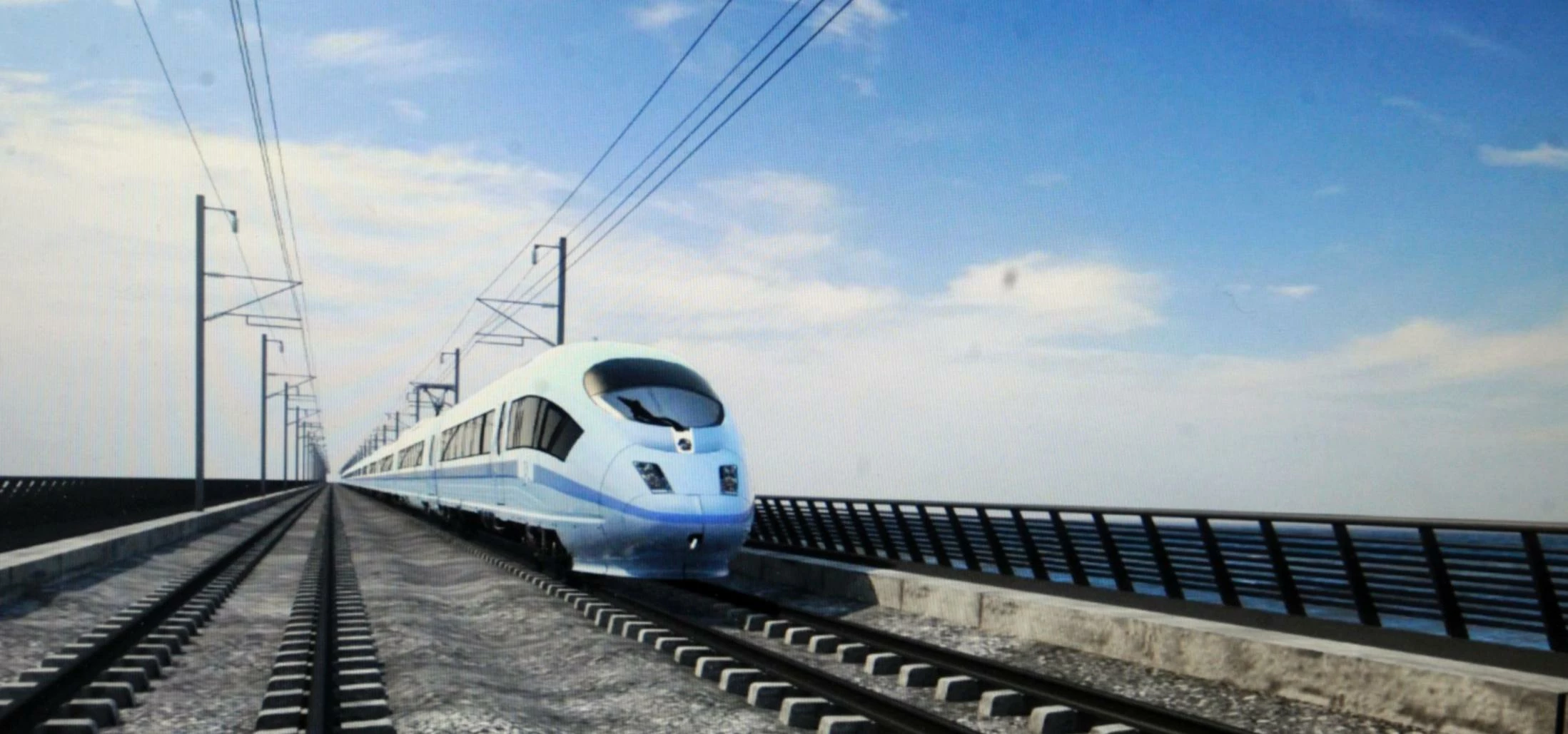
Partner Article
Communicating the A-road to recovery …
“If we can bring these northern cities together with these individual transport schemes that create a collective northern powerhouse then you might achieve something really important in our country.”
This was the Chancellor’s bold statement last year as he met leaders of Leeds, Liverpool, Manchester, Newcastle and Sheffield councils to discuss plans to create a ‘northern powerhouse’.
Improvements to road, rail and air transport across the North were identified as key aspects which would “transform” the North’s economic infrastructure and help maximise the region’s growth potential.
Six months later it was amid great fanfare that the first meeting was held by Transport for the North (TfN) to set the wheels in motion for “a coherent approach to transport infrastructure that supports the northern powerhouse agenda.”
Bringing together the five local authorities and other bodies, including the Department for Transport, Highways Agency, Network Rail and HS2 Ltd, the establishment of the group reflects the critical importance of transport in order to encourage sustainable economic growth across the North.
I agree with this concept that ‘together we are stronger’. A collective voice and plan will achieve a more coherent structure that will deliver results benefiting the whole of the north, not just pockets within the politically strongest regions.
And, let’s face it, it’s been a long time coming. Economic investment and regeneration are desperately needed and even though our 15m population in the North is much larger that the South East’s, in comparison our economy is still underperforming.
Transport infrastructure – underpinned by innovation, technology and good design – could create smarter, better connected, more desirable and more productive Northern cities, which can work together to drive growth.
However, while these messages of collaboration, integration and investment across the North are being communicated loud and clear to a business community, what cannot be forgotten is that these schemes do not sit in isolation.
They also integrate and are, arguably, dependant on connecting with the regional transport agendas that are being developed by each of the authorities in their new combined capacities.
But what is missing from any of the communications I’ve seen so far is how these local and regional transport plans work alongside the wider TfN plans.
Because as well as the big cities being more connected, the regional suburbs and towns will also benefit from improved access, both regionally and locally.
And it’s hugely important to communicate how these improvements dovetail with the regional and northern masterplan, in order to demonstrate the ‘connected’ thinking TfN claim to embody.
While the messaging is cutting through about how the plans will improve economic viability on a larger scale for businesses and the economy, there are some very real improvements that plans will deliver at a grass roots level to local communities.
If TfN don’t communicate how the transport infrastructure plans work together, there is a very real danger that the local authorities involved will lose the support of the local populations because communities are not hearing how it improves things for them.
The plans and funding are in place, the new groups of combined authorities and PTEs have worked hard to develop sensible and coherent plans that will deliver real benefits to local communities and improve daily commutes.
It is true that they are trying to communicate their plans, but they don’t seem to be having much cut through.
I get that improvements to the local ring road aren’t, on the face of it, headline grabbing; but perhaps here the combined authorities can learn a bit from the comms tactics used by the northern powerhouse in producing big bold statements and inspirational grand visions. And perhaps in turn the powerhouse could pick up a few strategic pointers about the importance of the nitty gritty.
As the Transport Secretary Patrick McLoughlin said, this is about “enabling the great cities of the north to be more than the sum of their parts. We need a new holistic approach to strategic investment and planning.”
Holistic collaborative planning is finally happening on multiple levels, but it is important to communicate these plans in a holistic way as well.
Transport for the North is currently drawing up a delivery programme setting out how it will make its visions a reality over the next 15 years, with its first interim report in March 2015.
If delivered well, these plans will transform the North and truly put our region on the road to economic prosperity. However, I hope the authorities use it as an opportunity to communicate the little picture as well as the big one.
By Jenny Wilkinson, Aberfield Communications
This was posted in Bdaily's Members' News section by Aberfield Communications .
Enjoy the read? Get Bdaily delivered.
Sign up to receive our popular Yorkshire & The Humber morning email for free.








 How to make your growth strategy deliver in 2026
How to make your growth strategy deliver in 2026
 Powering a new wave of regional screen indies
Powering a new wave of regional screen indies
 A new year and a new outlook for property scene
A new year and a new outlook for property scene
 Zero per cent - but maximum brand exposure
Zero per cent - but maximum brand exposure
 We don’t talk about money stress enough
We don’t talk about money stress enough
 A year of resilience, growth and collaboration
A year of resilience, growth and collaboration
 Apprenticeships: Lower standards risk safety
Apprenticeships: Lower standards risk safety
 Keeping it reel: Creating video in an authenticity era
Keeping it reel: Creating video in an authenticity era
 Budget: Creating a more vibrant market economy
Budget: Creating a more vibrant market economy
 Celebrating excellence and community support
Celebrating excellence and community support
 The value of nurturing homegrown innovation
The value of nurturing homegrown innovation
 A dynamic, fair and innovative economy
A dynamic, fair and innovative economy